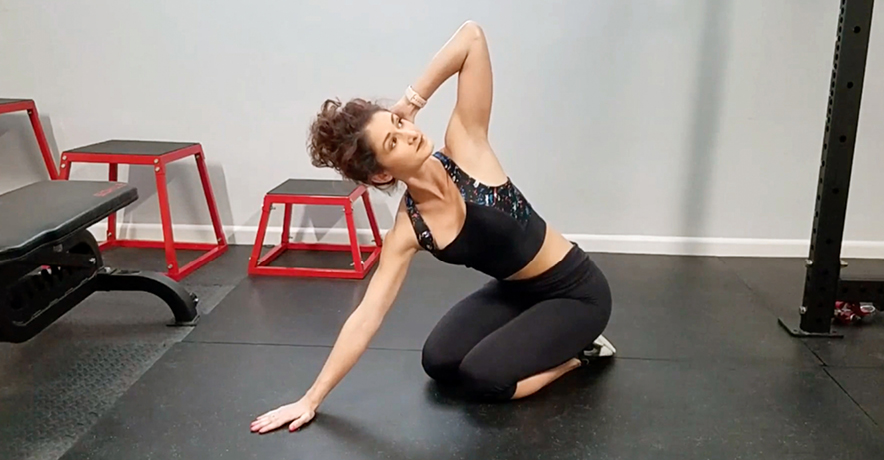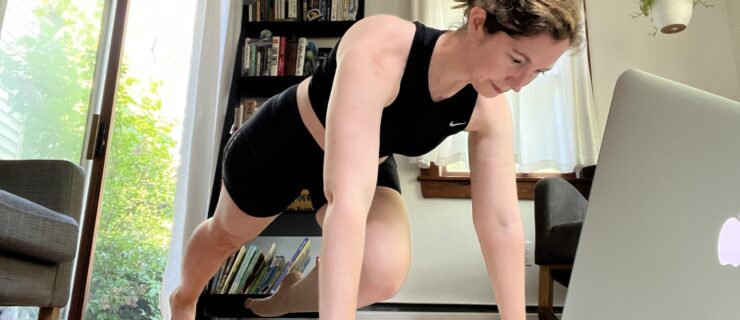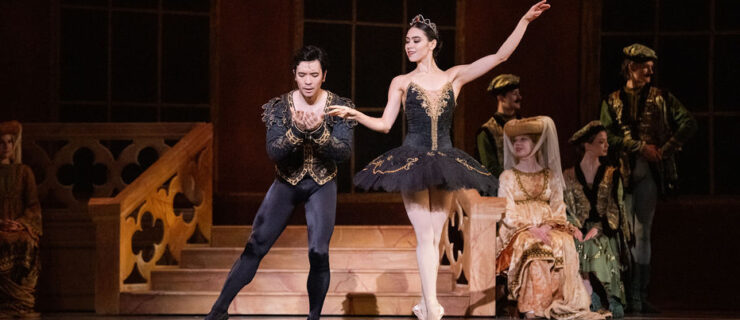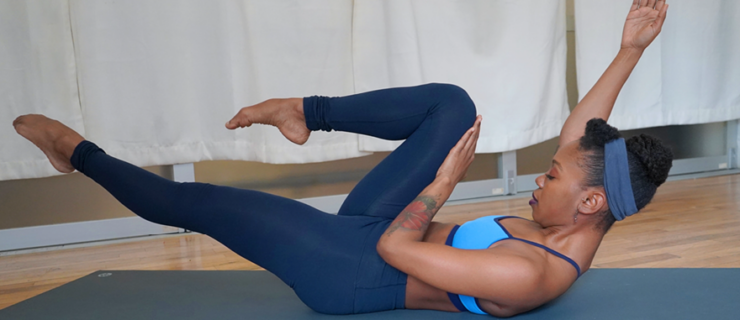Improving Neck Alignment: Tips and Common Myths
If you’re here, you may have struggled to hold your neck and upper-back position while dancing. This issue can result from frequently straining the neck by texting or writing.
There are three key elements to include in your training to achieve the beautiful ballet neck you want. The eight exercises in the video below focus on engaging the muscles to increase control, and on stamina to maintain proper alignment throughout your classes and rehearsals.
You’ll need:
• a small, lightweight resistance bar or dowel (a broomstick handle works, as well)
• a mat
• a stepstool (approximately 1.5 feet tall)
• a wall
• a TheraBand
Key Elements
1. Neck Position
First, you must be able to find your neck’s proper position before working the shoulders and upper back.
Chin-tuck exercises enable you to stretch the small muscles on the back of the head while working the deeper neck muscles. These can be done anywhere. At a red light while in the car? Waiting in line at a store? Feel free to chin-tuck!
2. Upper-Back Flexibility
If you have difficulty extending your upper back, it will be challenging to pull your shoulders down into place to open up the neck. You must also control how much your lower back moves, so you can focus on your middle back.
One suggested exercise in the video focuses on extending the upper back, while another builds your rotation. These will also help you improve your positions in arabesque and attitude, and in jumps.
3. Mid-Back Strength
The mid-back muscles pull your shoulders back and down, allowing the audience to see your full neck and supporting the endurance to maintain posture throughout long rehearsals or shows.
The accompanying video includes exercises to control your shoulder blades. As you build shoulder strength, your neck will naturally gain more stability.
Bringing It All Together
The next step is to combine your newfound control with whole-body work, challenging what you need in dance—balance and hip mobility, for example—in nondance positions. This decreases your chance of overuse injuries and builds your coordination. As a result, it can also help you to pick up new skills in dance more effortlessly and decrease the risk of pain taking you out of classes.
There are two bonus exercises in the video to combine everything you’ve learned for your upper back. You will also challenge your hip and core control, as well as your balance, to help you maintain your new posture.
How do you fit this into your busy schedule, you may ask?
Try picking two of the exercises to do as a warm-up before dancing. Each day, try another two. Aim to get through the full list in roughly a week.
After a few weeks, you may find some more helpful to you than others. It’s okay to increase how often you do them. If you are not experiencing soreness or irritation with a single exercise, feel free to repeat it 3 to 5 days per week.
Common Myths
1. You can lengthen your neck.
The neck is only as tall as your bones are. Sadly, you can’t make your bones grow longer.
Instead, you can make it appear longer by increasing its stability and control. This ensures you don’t let your chin drop or fall into bad posture.
2. You must concentrate on your neck position during every class and rehearsal.
The goal of doing exercises outside of dance is to build your mind–body connection by challenging your body in different positions and engaging the muscles from all angles. Your improved posture will become second-nature as you build strength and control.






